Description
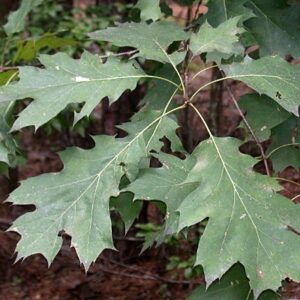 Northern Red Oak
Northern Red Oak
Quercus rubra
| DESCRIPTION | Outstanding large pyramidal tree displays brilliant orange, brown and red fall coloring. An excellent shade tree for large lawns or parks. Sends roots deep, easy to garden under. Deciduous. |
|---|---|
| LIGHT | Full sun |
| WATERING | Water when top 2 inches of soil is dry. |
| BLOOMS | Inconspicuous; prized for foliage. |
| MATURE SIZE | Moderate growing; reaches 60 to 80 ft. tall, 35 to 40 ft. wide. |
| DECIDUOUS/EVERGREEN | Deciduous |
|---|---|
| SPECIAL FEATURES | Fall Color, North American Native Selection, Benefits Birds |
| GROWTH RATE | Moderate |
| GROWTH HABIT | Spreading |
| LANDSCAPE USE | Privacy Screen |
|---|---|
| DESIGN IDEAS | A beautiful specimen tree for sizeable homesites and suburban yards. Exceptional street tree and for large scale effects in institutional planting. American native suitable for naturalization in open space and reforestation projects in rural or urban applications. |
| FOLIAGE COLOR | Green |
| COMPANION PLANTS | Burning Bush (Euonymus); Snowberry (Symphoricarpos); Spirea (Spiraea); Magnolia (Magnolia); Serviceberry (Amelanchier) |
| CARE | Provide deep, fertile, acidic, loose, well-drained soil. Water deeply, regularly during first few growing seasons to establish extensive root system; once established, reduce frequency. Feed in early spring. Prune to removed dead or damaged branches in winter. |
|---|
| LORE | This is from the fact that the ancient tree-worshipping tribes often queried very large old oak trees believed to contain powerful spirits that could foretell the future. |
|---|
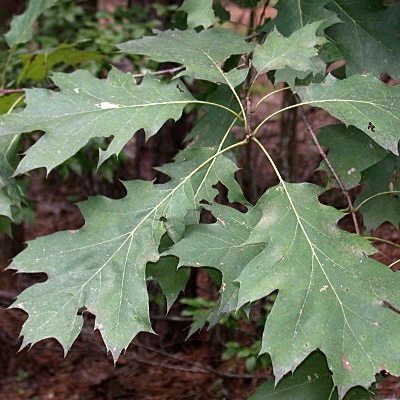
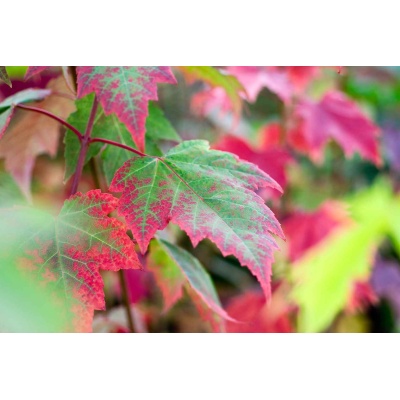
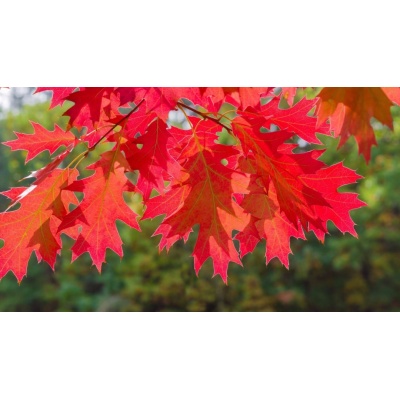
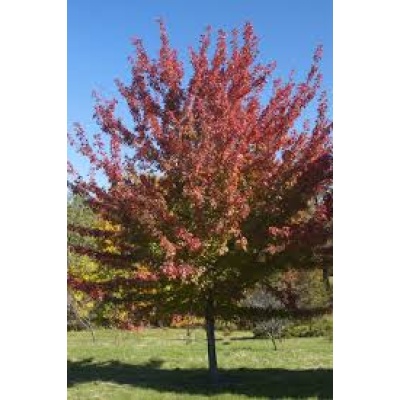
Reviews
There are no reviews yet.